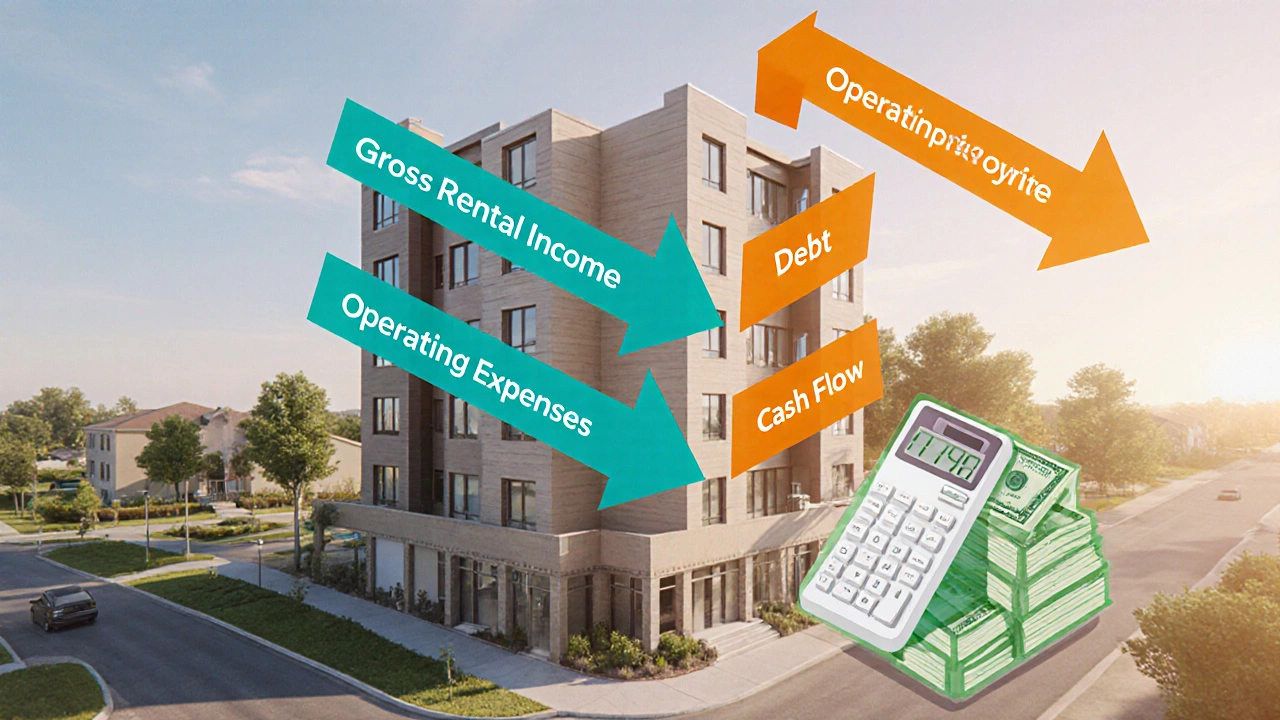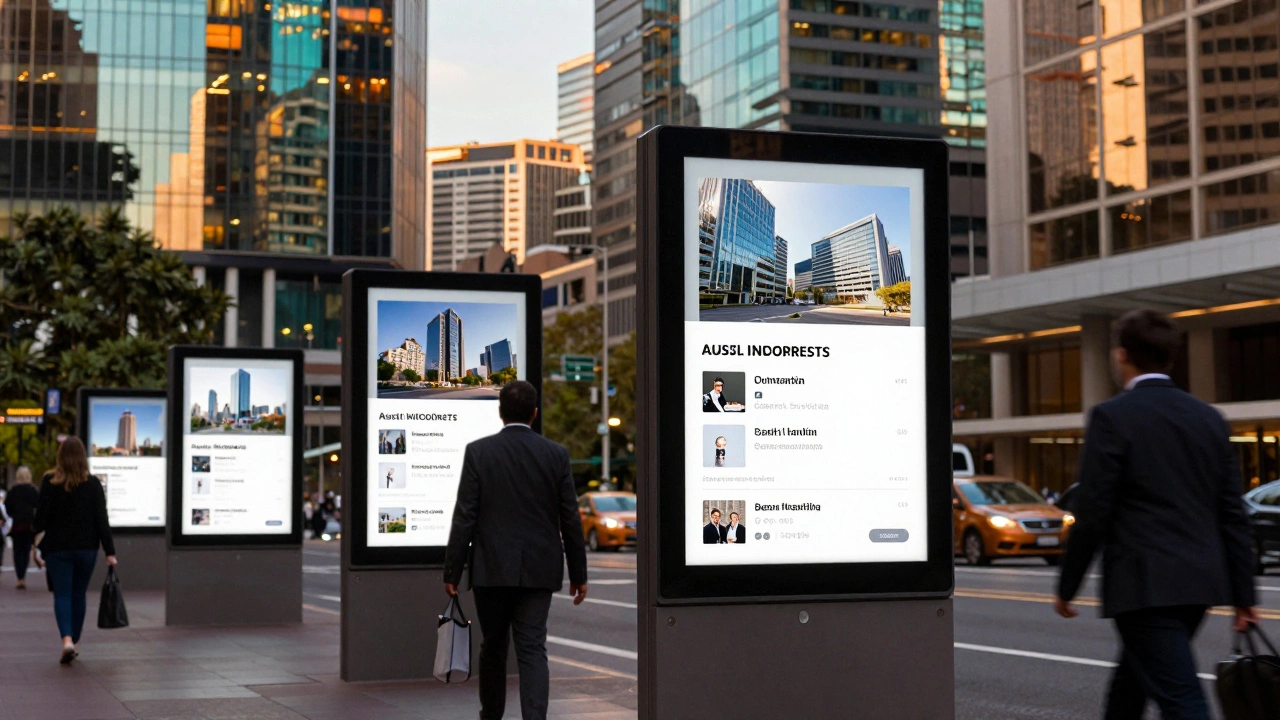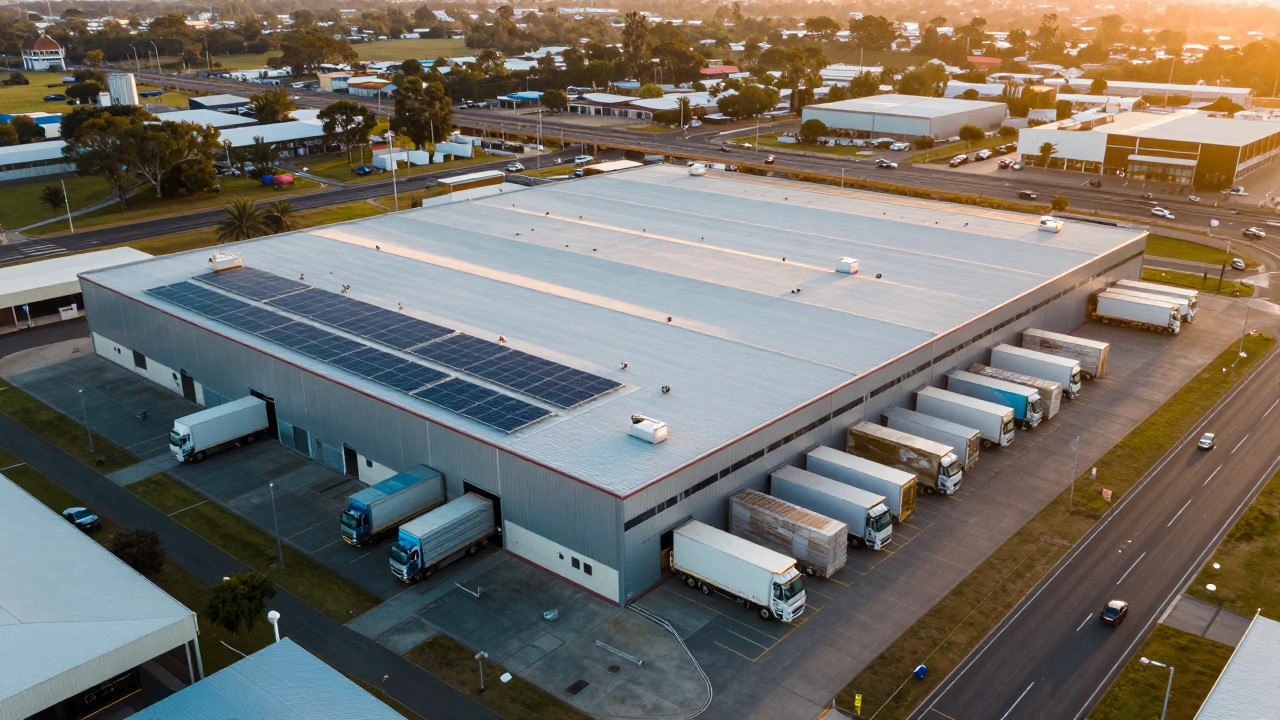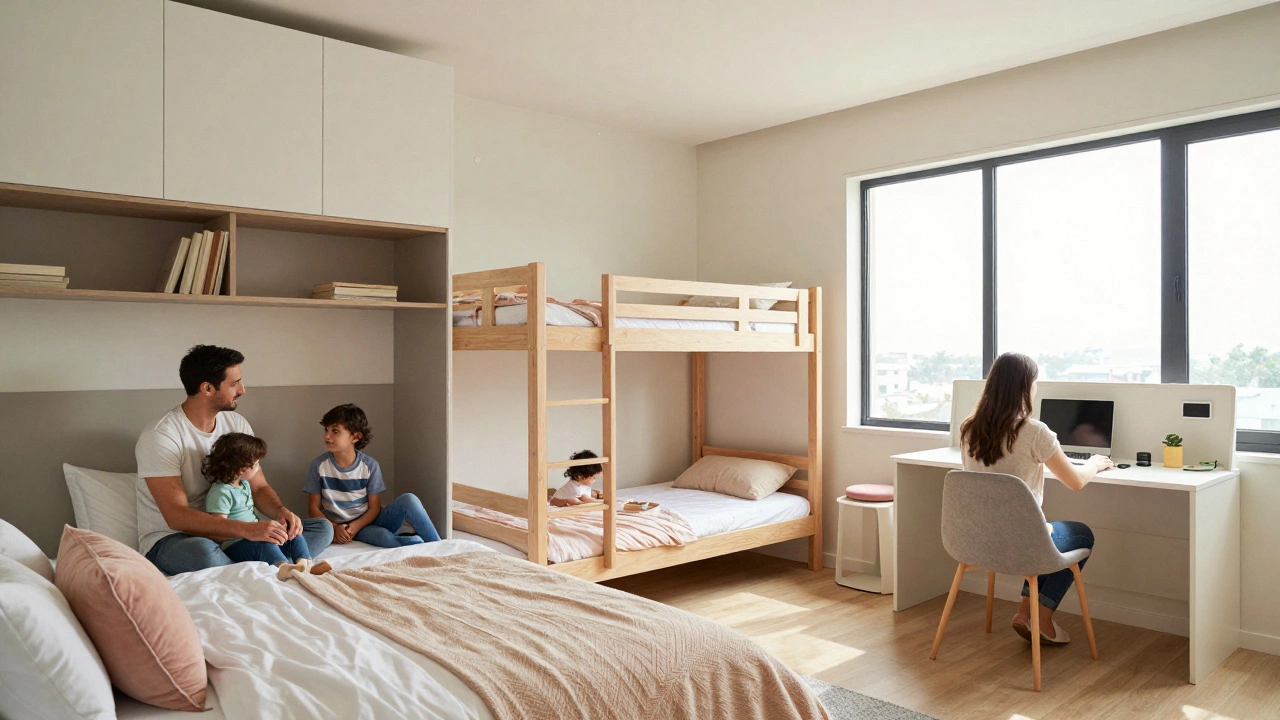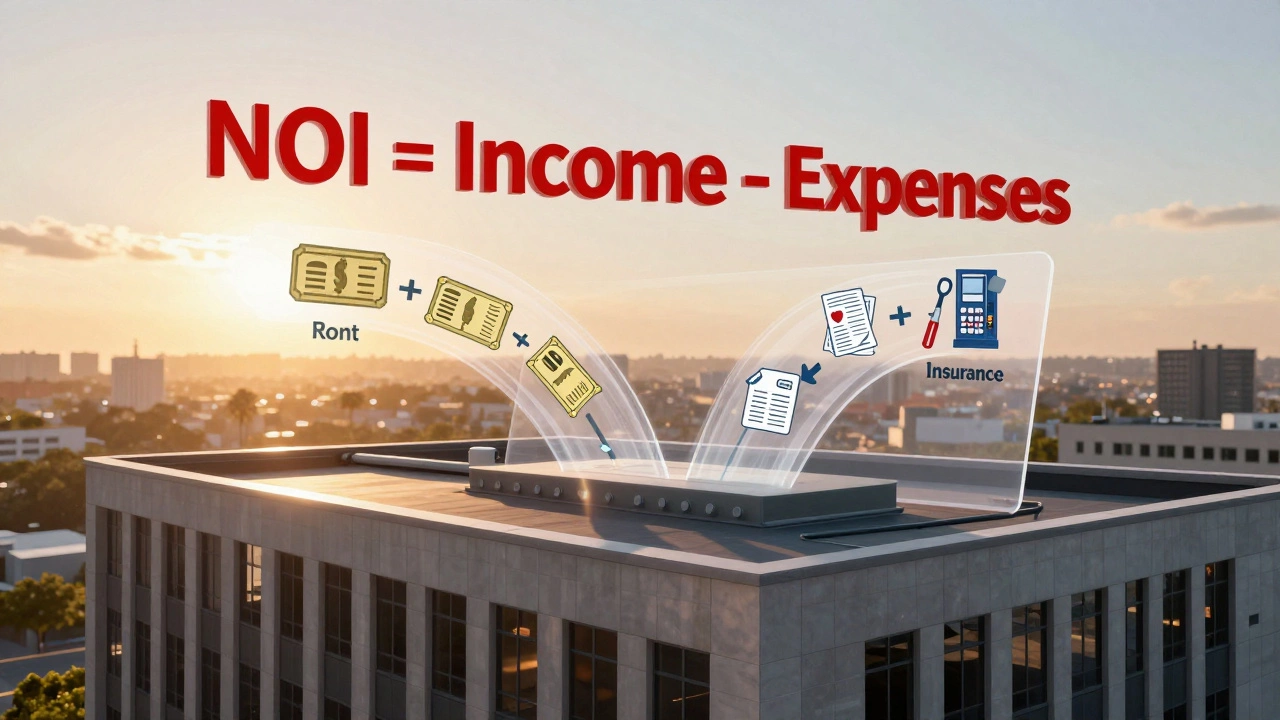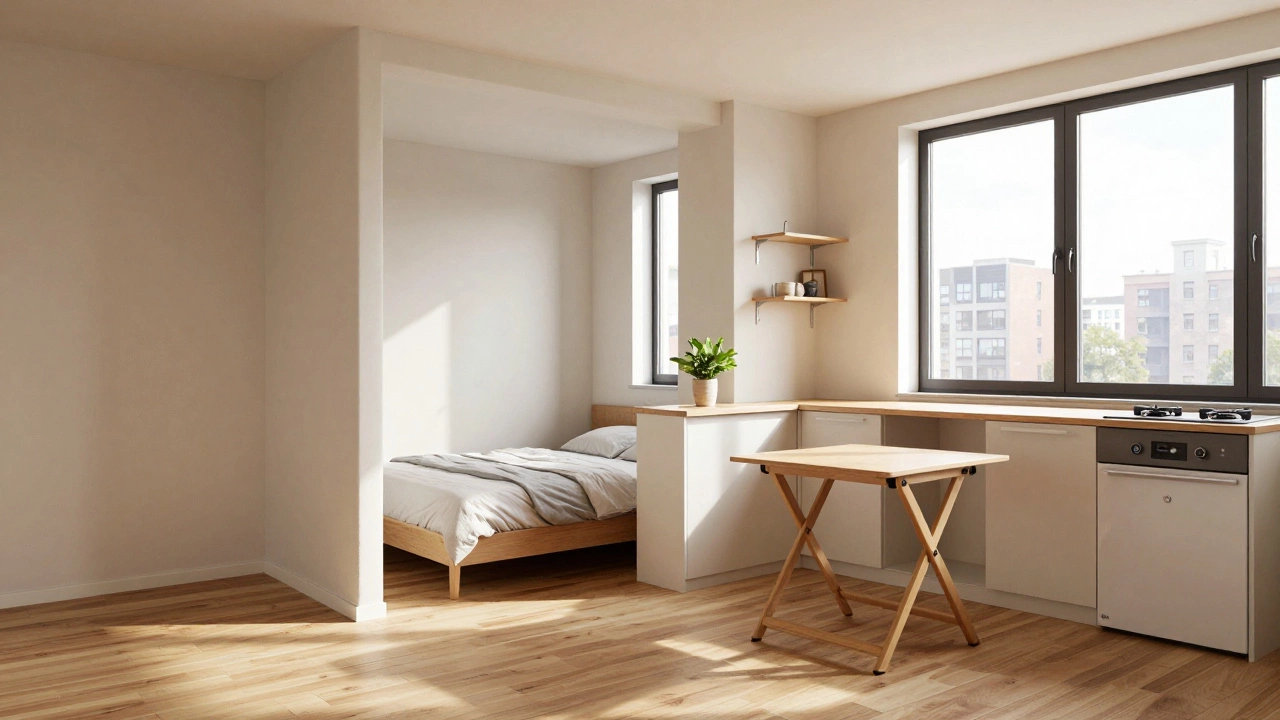Rental Property Cash Flow Calculator
Monthly Cash Flow Analysis
Use the benchmarks from the article: 8-10% Cash-on-Cash Return, 6-8% Cap Rate, DSCR > 1.2
When evaluating a rental investment, Cash Flow (Rental Property) is the net amount of money left after all income and expenses are accounted for, usually measured on a monthly or annual basis. Understanding what cash flow looks like in real terms helps you decide if a property can cover its costs, pay down debt, and still put money in your pocket.
Key Takeaways
- Cash flow = Gross Rental Income - Operating Expenses - Debt Service.
- A "good" cash flow often means a positive number that meets a minimum cash‑on‑cash return of 8‑10%.
- Use benchmarks like Cap Rate (6‑8% for most markets) and DSCR (>1.2) to gauge health.
- Small tweaks-raising rent, trimming utilities, refinancing-can turn a marginal deal into a strong performer.
- Run the numbers before you sign any contract; cash‑flow analysis beats gut feeling every time.
1. Cash Flow Basics: Why It Matters
Investors care about cash flow because it tells you how much money you actually receive after the property runs itself. Unlike appreciation, which is speculative, cash flow is real, taxable income you can reinvest, save, or use for lifestyle expenses. A property that consistently generates cash flow can also improve your borrowing power for future acquisitions.
2. Core Components of Rental Cash Flow
Each element of the cash‑flow equation has a name and a standard way to calculate it. Below are the six most common components.
- Gross Rental Income is the total monthly rent you collect before any deductions.
- Operating Expenses include property management fees, insurance, taxes, repairs, utilities (if landlord‑paid), and vacancy allowance.
- Debt Service is the monthly principal and interest payment on any mortgage or loan secured against the property.
- Net Operating Income (NOI) equals Gross Rental Income minus Operating Expenses (does NOT include debt service).
- Capitalization Rate (Cap Rate) is NOI divided by the property’s purchase price, expressed as a percentage.
- Debt‑to‑Value (LTV) Ratio measures the loan amount as a percentage of the property’s appraised value.
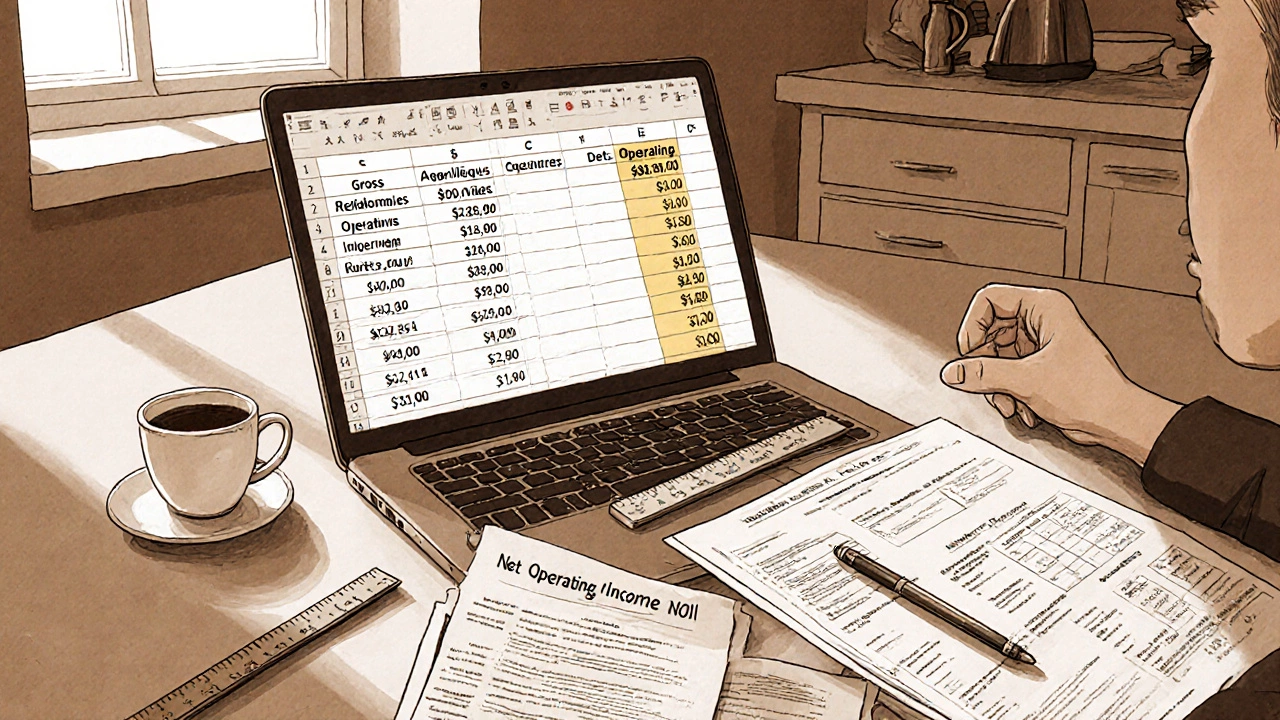
3. Step‑by‑Step Cash Flow Calculation
- Gather the lease agreements and list the monthly rent for each unit.
- Sum the rents to get Gross Rental Income.
- Itemize all monthly expenses (property tax, insurance, utilities, repairs, management fees, vacancy reserve). Add them for Operating Expenses.
- Subtract Operating Expenses from Gross Rental Income to obtain Net Operating Income (NOI).
- Calculate your monthly mortgage payment (principal + interest) - this is your Debt Service.
- Finally, compute Cash Flow: Cash Flow = NOI - Debt Service. A positive result means you’re earning money each month; a negative result signals a loss.
4. What Counts as a "Good" Cash Flow?
There’s no universal number because markets differ, but most investors use a combination of percentages and ratios.
- Cash‑on‑Cash Return: (Annual Cash Flow ÷ Total Cash Invested) × 100. Aim for 8‑10% or higher in stable markets.
- Cap Rate: If the property’s Cap Rate exceeds the local market median (typically 6‑8% in Australian capital cities), it’s a positive sign.
- Debt Service Coverage Ratio (DSCR): NOI ÷ Debt Service. A DSCR > 1.2 satisfies most lenders and leaves a cushion for unexpected expenses.
- Positive Monthly Cash Flow: Even a modest $200-$300 surplus can be "good" for a first‑time investor aiming to build equity over time.
When you achieve these thresholds, you’re likely looking at a good cash flow rental that can sustain itself and fund future deals.
5. Real‑World Example (Sydney Suburb)
| Item | Monthly ($) | Annual ($) |
|---|---|---|
| Gross Rental Income | 2,800 | 33,600 |
| Property Management (7%) | 196 | 2,352 |
| Council Rates & Insurance | 150 | 1,800 |
| Maintenance & Repairs (Reserve) | 120 | 1,440 |
| Vacancy Allowance (5%) | 140 | 1,680 |
| Total Operating Expenses | 606 | 7,272 |
| Net Operating Income (NOI) | 2,194 | 26,328 |
| Mortgage (Loan 70% LTV, 4.5% p.a.) | 1,200 | 14,400 |
| Cash Flow | 994 | 11,928 |
| Cash‑on‑Cash Return | 12.5% (Annual Cash Flow ÷ $95,000 Cash Invested) | |
| Cap Rate | 6.6% (NOI ÷ $400,000 Purchase Price) | |
| DSCR | 2.16 (NOI ÷ Debt Service) | |
This scenario ticks all the good‑cash‑flow boxes: a healthy cash‑on‑cash return, a Cap Rate above the Sydney median, and a DSCR well over the 1.2 safety threshold.
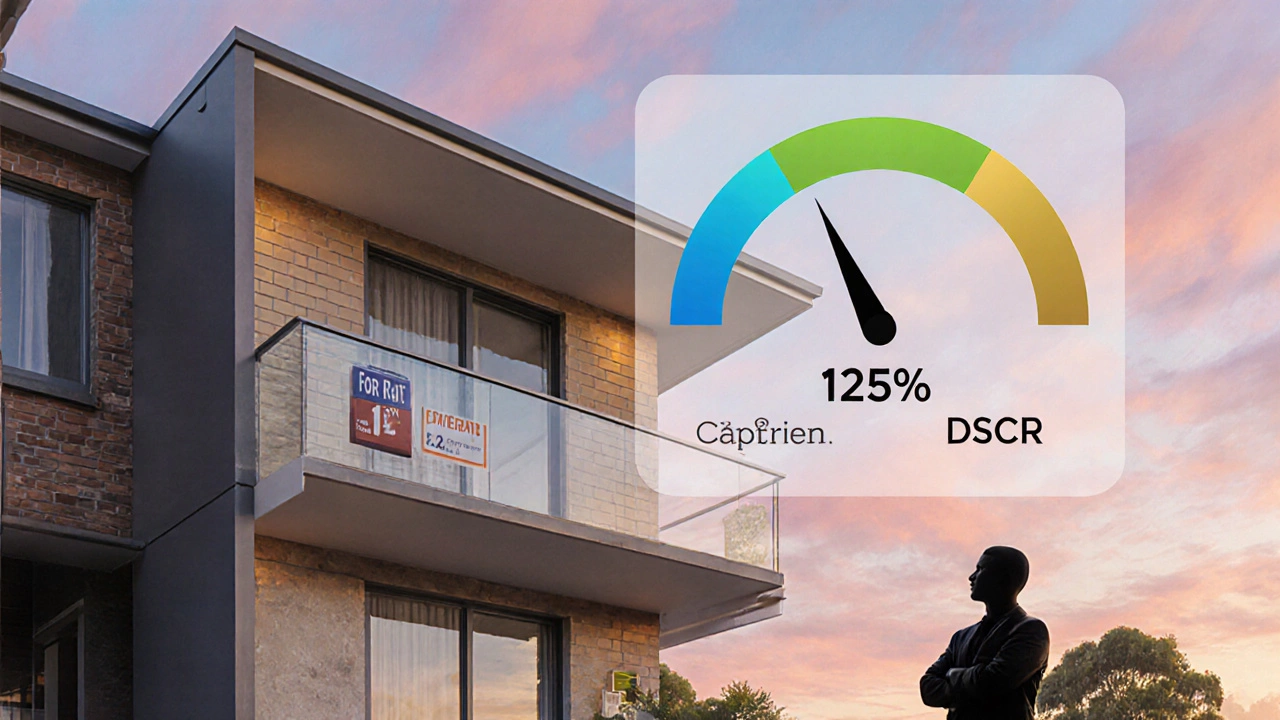
6. Strategies to Boost Cash Flow
- Increase Rental Income: Renovate kitchens or add a dedicated laundry, then raise the rent by 5‑10%.
- Reduce Operating Expenses: Shop around for insurance, implement energy‑saving devices to cut utilities, negotiate lower property‑manager fees.
- Refinance: If interest rates drop, a lower rate can shave hundreds off your debt service.
- Minimize Vacancy: Offer a small move‑in incentive, keep the property well‑maintained, and screen tenants quickly.
- Leverage Tax Deductions: Claim depreciation, interest, and repair costs to improve after‑tax cash flow.
7. Common Pitfalls to Avoid
Even seasoned investors slip up when they ignore the details.
- Forgetting Vacancy Costs: Assuming 100% occupancy inflates cash flow and misleads lenders.
- Skipping Maintenance Reserves: Unexpected repairs can wipe out a positive cash flow in a single month.
- Over‑Leveraging: A high LTV (above 80%) can lower DSCR and risk loan default.
- Ignoring Local Market Caps: A property that looks great on paper may underperform if the neighborhood’s rent growth stalls.
8. Quick FAQ
What is the difference between cash flow and profit?
Cash flow measures actual money moving in and out of the property each month, while profit (or net income) often includes non‑cash items like depreciation. Cash flow tells you what you can spend today.
How many months of cash reserves should I keep?
Most experts recommend 3‑6 months of operating expenses plus debt service. That buffer covers vacancy, emergencies, and seasonal repairs.
Is a high Cap Rate always better?
Not necessarily. A high Cap Rate can signal higher risk, such as older buildings or locations with slower rent growth. Pair it with DSCR and market trends.
Can I count rental income from short‑term platforms like Airbnb?
Yes, but lenders may discount it by 20‑30% because the income is less predictable than long‑term leases.
What is a reasonable cash‑on‑cash return for Australian rentals?
In major cities like Sydney or Melbourne, 8‑10% is typically seen as solid. In regional areas, you might target 10‑12% due to lower purchase prices.
By running a disciplined cash‑flow analysis and benchmarking against the figures above, you’ll know exactly whether a rental property is a cash‑generating asset or a money‑eating liability.
